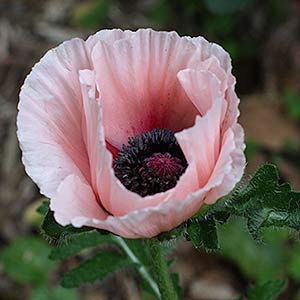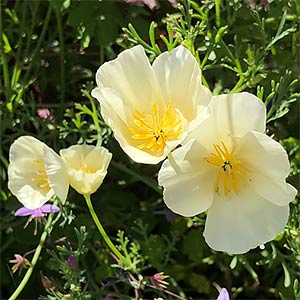
You can grow poppy flowers just about anywhere, but only if you choose the right variety for the right location. And then you need to understand the different requirements for each type.
The plants that we call poppies, members of the Papaveraceae family, and with over 700 species, they are grown for a number of purposes, as ornamental plants, cut flowers, for seed production (bread seed) and for commercial medicinal purposes (alkaloid production).
Care
How to plant poppies
Poppy varieties need to be treated in different ways, some are very easy to grow, others are a lot more particular in habit.
We do look at specific varieties in appropriate species areas, however a few general rules will be of assistance.
Generally speaking poppies require a cold winter, otherwise seeds tend not to germinate.
So number one rule is to keep the seeds in a cool place over winter and plant in spring. Unless of course you live in a zone with a cold winter.
Poppy seeds also need light to germinate, so they need to surface sown, just lightly tapped down and given a fine covering of light soil.
Another aspect to consider is that nearly all poppies send down a long tap root, the surface roots are very thin. So a good loose soil is essential, as is drainage below the surface.
Poppy Varieties
Some poppy varieties are annuals, these include some of the popular the Papaver types.
- Papaver nudicale or Icelandic Poppy,
- Papaver rhoeas or Flanders Poppy and
- Papaver somniferum the opium poppy
However others are perennials Papaver orientalis the ‘Oriental poppy’ being one.

These Papaver types are not the only poppies grown in the garden, we also have
- Romneya coulteri – Matilija poppy
- Meconopsis betonicifolia – The Himalayan Blue Poppy
- Echscholzia californica – Californian Poppy
- Papaver alpinium – Alpine Poppy
Propagation
All are easy by seed
You may be interested in:

